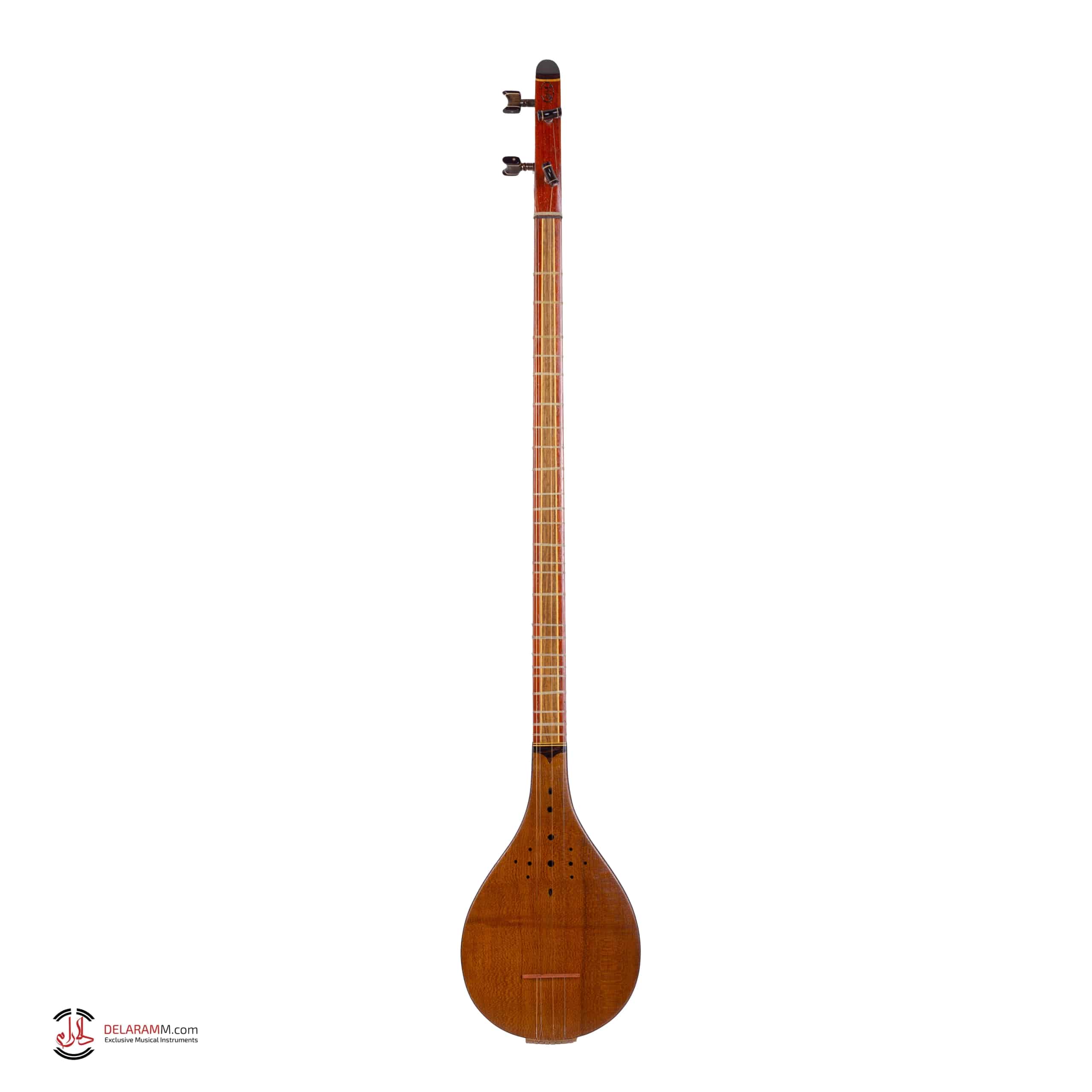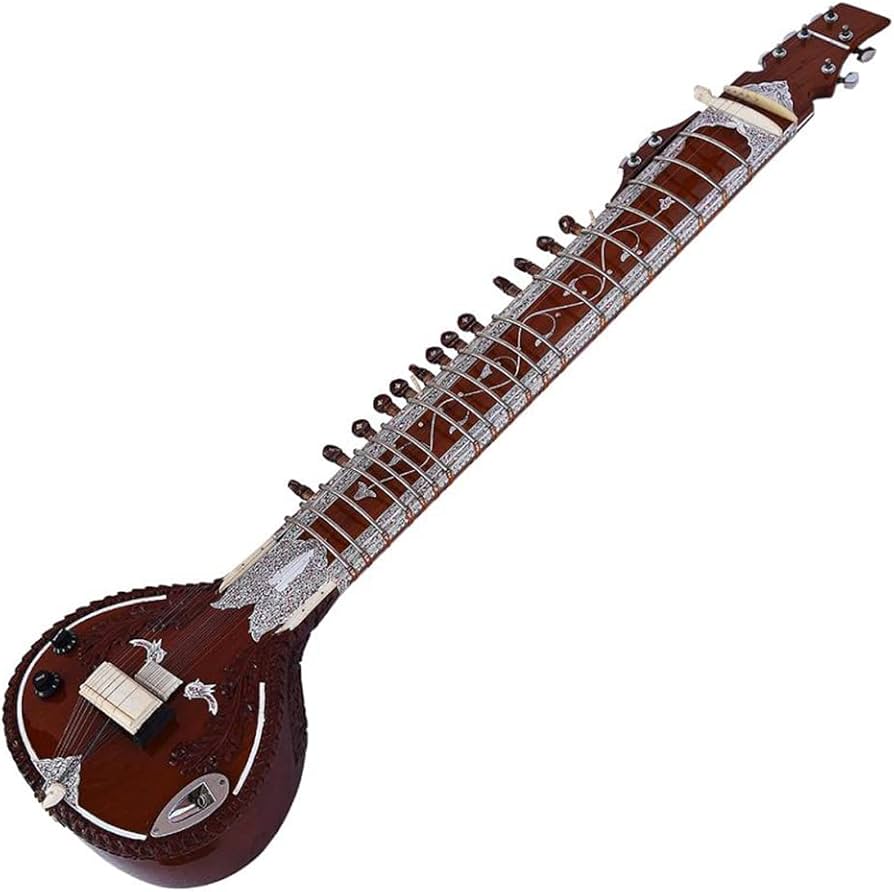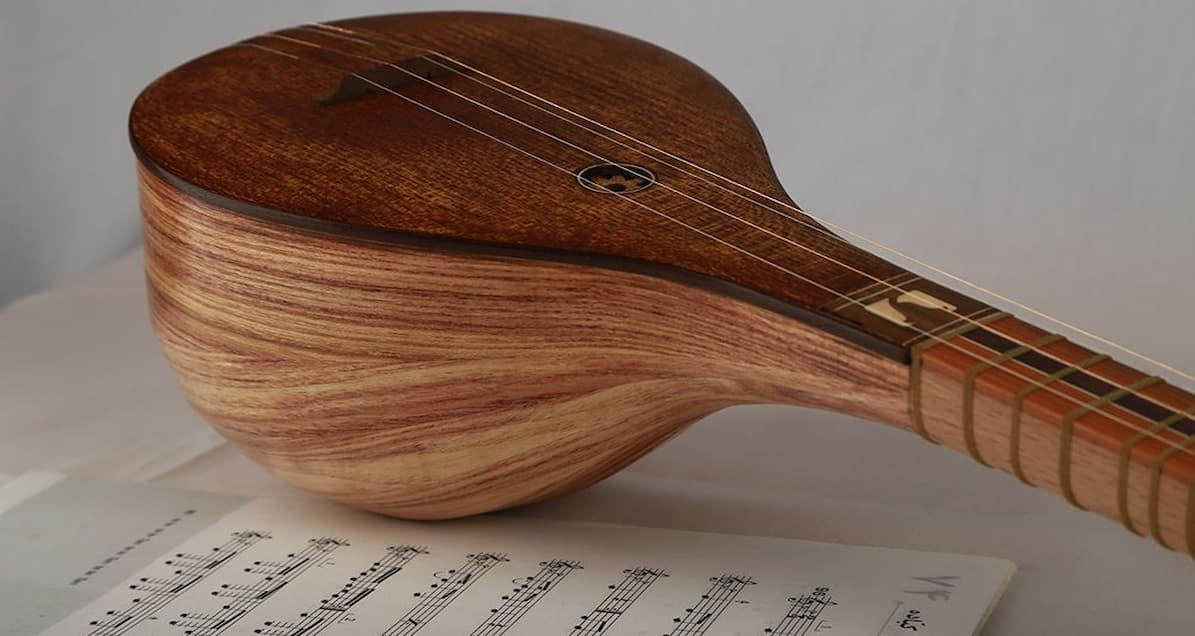Setar vs Sitar
Setar vs. Sitar: A Comparative Study of Eastern String Instruments
The world of music is home to a wide variety of instruments, each with its unique cultural significance, structure, and sound. Among these are the setar
(also referred to as setar), and the sitar, two string instruments with similar names but different origins, characteristics, and roles in their respective musical traditions. The setaar, primarily used in Persian traditional music, is a member of the tanbur family of long-necked lutes, while the sitar is a popular instrument in northern India, Pakistan, and Bangladesh, with a significant presence in Hindustani music. This essay will delve into the differences between the setar and the sitar, comprehensively comparing these two remarkable instruments.
Origin and Naming
The setar originated in Persia, with the first use speculated to be as early as the 9th century. The name ‘setar’ is a combination of the Persian words ‘se,’ meaning “three,” and ‘tar,’ meaning “string,” thus giving it the meaning of “three-stringed” or “tri-stringed.” This name reflects the instrument’s original design, which featured three strings. However, a fourth string was added in the mid-19th century, and modern setars typically have four strings, grouped into three courses.
Setaar
On the other hand, the sitar is an instrument with various forms in India. Its name is an Urdu transcription of the Persian ‘sihtār.’ The instrument was likely adapted from instruments brought by Muslim empires and then developed locally. The sitar flourished in the 16th and 17th centuries and arrived at its present form in the 18th century. The word ‘sitar’ is derived from the Persian word ‘sehtar,’ meaning “three-stringed,” suggesting some shared heritage with the setar.
Structure and Design
| Feature | Setar | Sitar |
|---|---|---|
| Body | Long-necked lute, small wooden bowl | Large gourd body, hollow neck |
| Strings | 4 strings in 3 courses | 18–21 strings (melody, drone, sympathetic) |
| Frets | Fixed | 20 movable frets |
| Playing Style | Played with the index finger | Played with a wire plectrum |
| Size | Compact and lightweight | About 1.2 meters in length |
While both the setar and the sitar are stringed instruments, they differ significantly in structure and design. The setaar is a stringed instrument, a type of lute played solo or accompanying voice and is played with the index finger of the right hand. It is a neck-bowl instrument, with strings running from pegs at the top of the neck across a bone or plastic nut that has grooves.
Contrastingly, the sitar is typically about 1.2 meters in length and has a deep pear-shaped gourd body; a long, wide, hollow wooden neck; both front and side tuning pegs; and 20 arched movable frets. The sitar’s strings are metal, with usually five melody strings, one or two drone strings used to accentuate the rhythm or pulse, and as many as 13 sympathetic strings beneath the frets in the neck that are tuned to the notes of the raga. Musicians hold the sitar at a 45° angle on their laps while seated, plucking the strings with a wire plectrum worn on the right forefinger while the left hand manipulates the strings.
Musical Traditions: Setar vs Sitar
The setar is central to Persian traditional music, known for its delicate and intimate sound. It is commonly played solo or to accompany singing, with regional variants such as:
- Pamiri Setor (Tajikistan): Larger size, metal plectrum for playing.
- Baluchi Setar (Baluchistan): Used for rhythmic drone accompaniment.
- Chitrali Sitar (Pakistan): Features 5 strings in 3 courses.
The sitar, however, dominates Hindustani classical music and gained worldwide recognition in the 1960s. Notable influences include:
- Ravi Shankar and Vilayat Khan: Masters who shaped sitar playing styles.
- George Harrison of The Beatles: Popularized the sitar in Western music through songs like Norwegian Wood.
Variations of the Setar in Different Regions
The setar name is shared by other tanbur-family instruments in different regions, even though this sharing does not necessarily imply a direct connection between the musical traditions. In Tajikistan, the Pamiri Setor is larger than the Iranian setar and is played with a “thimblelike metal plectrum” worn on a finger. Baluchistan’s setaar is larger than the Iranian variant and is a “rhythmic drone” instrument to accompany singing. In Pakistan, there’s the Chitrali sitar with 5 strings in 3 courses, and in Xinjiang, China, the Satar is a bowed lute with 13 strings, one raised bowing string, and 12 sympathetic strings.
Playing the Setar and Sitar
| Aspect | Setar | Sitar |
|---|---|---|
| Right Hand | Index finger plucks the strings | Wire plectrum worn on forefinger |
| Left Hand | Presses strings on fixed frets | Manipulates strings with bends and slides |
| Position | Played seated, instrument on lap | Played seated, angled at 45 degrees |
Playing the setar involves using the index finger of the right hand, while the sitar is typically played using a wire plectrum worn on the right forefinger. The left hand manipulates the strings with subtle pressure on or between the frets and with sideways pulls of the strings on the sitar. Both instruments are traditionally played while seated, with the instrument resting on the player’s lap.
Influence and Presence in Culture
Both the setar and sitar have significant cultural implications. The setar, being an essential part of Persian traditional music, is often played solo or as an accompaniment to singing. It has influenced the musical traditions of several regions, including Tajikistan, Baluchistan, and Pakistan, where instruments sharing their name but with varying structures are found.
On the other hand, the sitar has made a significant impact globally, particularly in Hindustani music. In the 1960s, the sitar’s unique sound influenced a number of rock performers, notably George Harrison of The Beatles, who incorporated it into several songs. This led to a surge in the instrument’s popularity in the West and its association with the era’s counterculture movement.
Key Differences at a Glance
| Feature | Setar | Sitar |
|---|---|---|
| Cultural Tradition | Persian traditional music | Hindustani classical music |
| Regional Variants | Found in Tajikistan, Pakistan | None (standardized across India) |
| Global Presence | Regional | Worldwide recognition |
| Complexity | Simpler design and fewer strings | Compl |
Conclusion
In conclusion, while sharing similarities in their names and origins, the setar and sitar have distinct characteristics that set them apart. The setaar, with its Persian roots, exhibits a simpler structure and is commonly played using the index finger of the right hand. It holds a key place in traditional Persian music, either played solo or accompanying voice. Furthermore, its influence is evident in several regional variants, despite the structural differences in these instruments.
On the other hand, the sitar has a complex structure with a wide array of strings, including melody, drone, and sympathetic strings. Its playing technique involves using a wire plectrum worn on the right forefinger and manipulating the strings with the left hand. The sitar has a significant cultural presence, particularly in Hindustani music, and its influence extended globally during the 1960s, influencing several rock performers and becoming a symbol of the counterculture movement in the West.
These differences between the setaar and sitar in structure, playing techniques, and cultural influence illustrate musical instruments’ rich diversity and evolution across different cultures. Each instrument’s unique characteristics reflect the cultural contexts from which they originate, highlighting the interplay between music and culture. The setar and sitar are not merely instruments; they are embodiments of the rich historical and cultural tapestries of their respective regions. Therefore, studying these instruments provides valuable insights into the cultures they represent, contributing to a broader understanding and appreciation of world music.




